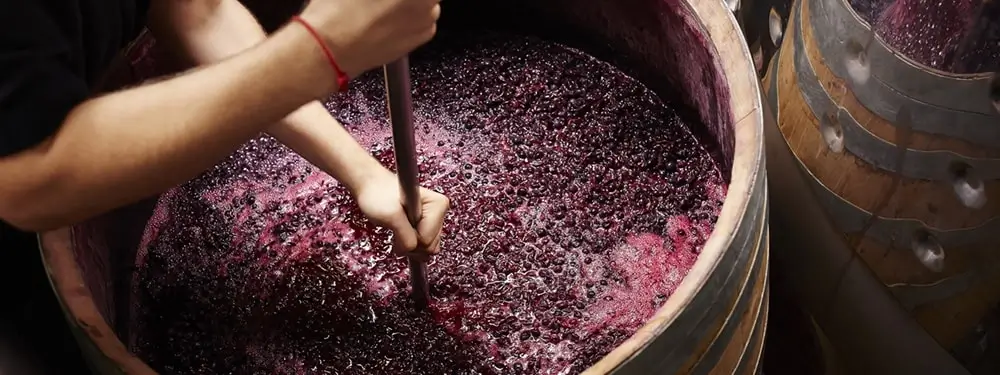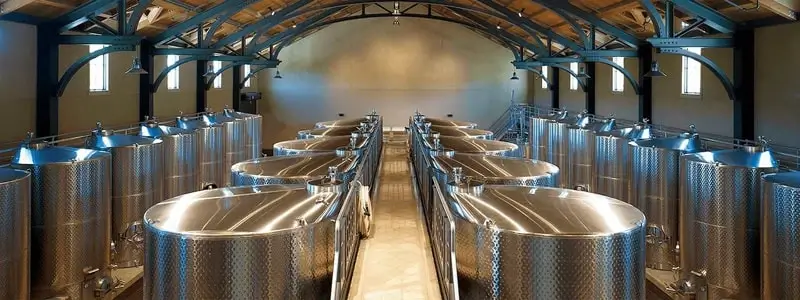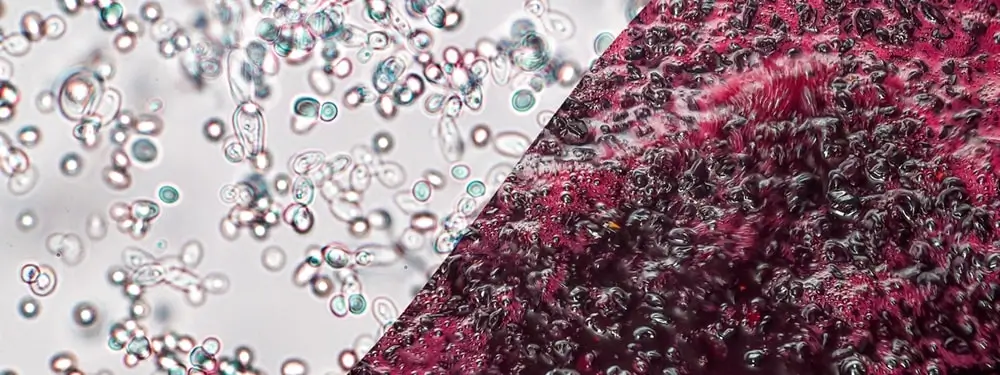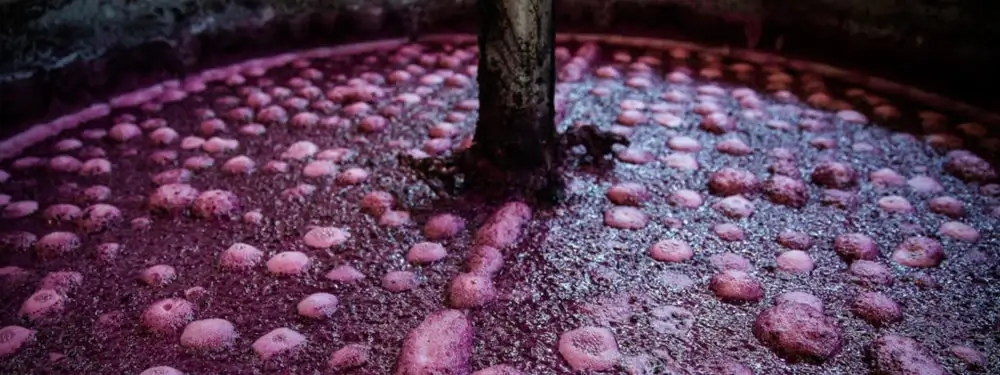
The process of distilling a fine wine is critically hinged on fruit selection, yeast culture, and fermentation temperature. Of these three factors, temperature regulation during the process of winemaking is crucial.
Attempting to produce wine under frigid or superheated conditions will leave winemakers with a poor-quality product. This article will consider how to achieve the optimal brewing temperature required to produce different types of top-quality wine.
What Is the Most Suitable Temperature to Ferment Wine?
Deciding the ideal temperature for wine fermentation is a tricky science which largely depends on the type of wine the brewer intends to create. Generally, red wines are fermented for shorter periods and at higher temperatures than those required for brewing white wines.
As a rule, the lower the temperature of the process, the longer the fermentation takes. In both cases, the ideal winemaking temperature can be precisely controlled to achieve optimum results.
Red Wine Fermentation Temperature
To achieve the best possible color and maximize tannin extraction, the fermentation temperature for most red wines should be kept between 70 °F and 85 °F.
It is important to note that when temperatures begin to approach 90 °F, the final product could have an undesirable boiled flavor. Within the narrow 15° range, optimal wine temperature control is achieved.
White Wine Fermentation Temperature
The winemaking fermentation temperature needed to produce high-quality white wine is comparably lower than that required for red wine. Typically, white wines are fermented slowly – over a couple of months at temperatures between 45 °F and 60 °F.
The lower temperature is ideal for preserving the volatile aromas and fruity flavors associated with good white wine.

How Do Wineries Control Wine Fermentation Temperature?
Because the process of creating a high-quality wine is extremely sensitive, the best place to ferment wine would be within a controlled environment incorporating a winery chiller unit.
A glycol chiller unit can be employed to ensure an optimally regulated fruit wine fermentation temperature.
Using a mixture of glycol and water (33% glycerol solution) confers several benefits:
- Glycol has antifreeze properties, so it can be cooled to subzero temperatures without freezing and clogging up the chiller tubing
- It can provide additional lubrication for the chiller pump
- Glycol can hold heat longer than water resulting in greater heating/cooling efficiency
How Does A Winery Chiller Work?

A glycol chiller system is a refrigeration unit that works by cooling a tank of propylene glycol which is then pumped through a circuit of tubing connected to its input and output components.
When this tubing is connected to a heat exchanger on a fermentation vessel, the chilled glycol circulating though it pulls heat away from the process and reduces the fermentation temperature.
How Does a Winery Chiller Regulate the Fermentation Temperature?
When chilled glycol is used as a coolant, it can be very effective in reducing the temperature at which fermentation occurs. However, there is still a tendency for the heat exchange process to overcool the fermenting wine, if left unchecked. This scenario is undesirable, as very low temperatures may shut down the process entirely.
Therefore, it is essential to maintain the temperature of the fermentation vessel at a specific level, which can be done in either of two ways.

1. Use Manual Shut-off Valves
Manual regulatory valves installed in a chiller system can be periodically opened or closed, depending on changes in the fermentation temperature. A major drawback to this approach is that it requires constant monitoring to be effective. Thus, the human error factor can compromise the quality of the final products.
2. Automated Regulation
This method uses a temperature-controlled solenoid valve connected to the tubing which is attached to the heat exchanger and a temperature probe installed in the wine fermentation vessel through a thermal well.
This mechanism will open or shut off automatically in response to changes in the temperature within the fermentation process, maintaining the temperature at a pre-programmed level.
Can a Winery Chiller Also Heat?
In addition to the refrigeration unit in standard winery chillers, some variants have a heating system pre-installed.
This modification is especially useful when fermentation is done under cold weather. Ordinarily, the low ambient temperature may slow or halt the fermentation process altogether, resulting in a poor-quality wine.
Winery Chiller Sizing
Our 1.5-ton air cooled chiller is adequate for most winery conditions. However, you can select the perfect chiller for your winemaking depending on the capacity needed for your process. To find out the ideal chiller tonnage and sizing capacity for your needs, please use our chiller capacity calculator.
